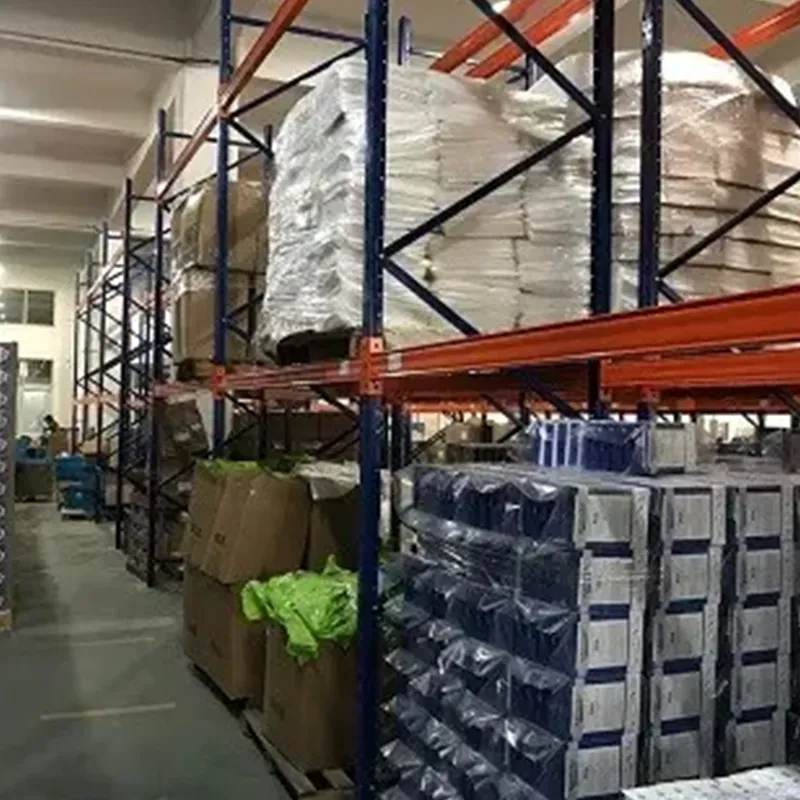The approach followed by the FEEDAP Panel to assess the safety and the efficacy of HPMC is in line with the principles laid down in Regulation (EC) No 429/20087 and the relevant guidance documents: Guidance on technological additives (EFSA FEEDAP Panel, 2012a), Guidance on studies concerning the safety of use of the additive for users/workers (EFSA FEEDAP Panel, 2012b), Guidance on the identity, characterisation and conditions of use of feed additives (EFSA FEEDAP Panel, 2017a), Guidance on the assessment of the safety of feed additives for the target species (EFSA FEEDAP Panel, 2017b), Guidance on the assessment of the safety of feed additives for the consumer (EFSA FEEDAP Panel, 2017c), Guidance on the assessment of the efficacy of feed additives (EFSA FEEDAP Panel, 2018) and Guidance on the assessment of the safety of feed additives for the environment (EFSA FEEDAP Panel, 2019).
 Home
Home








